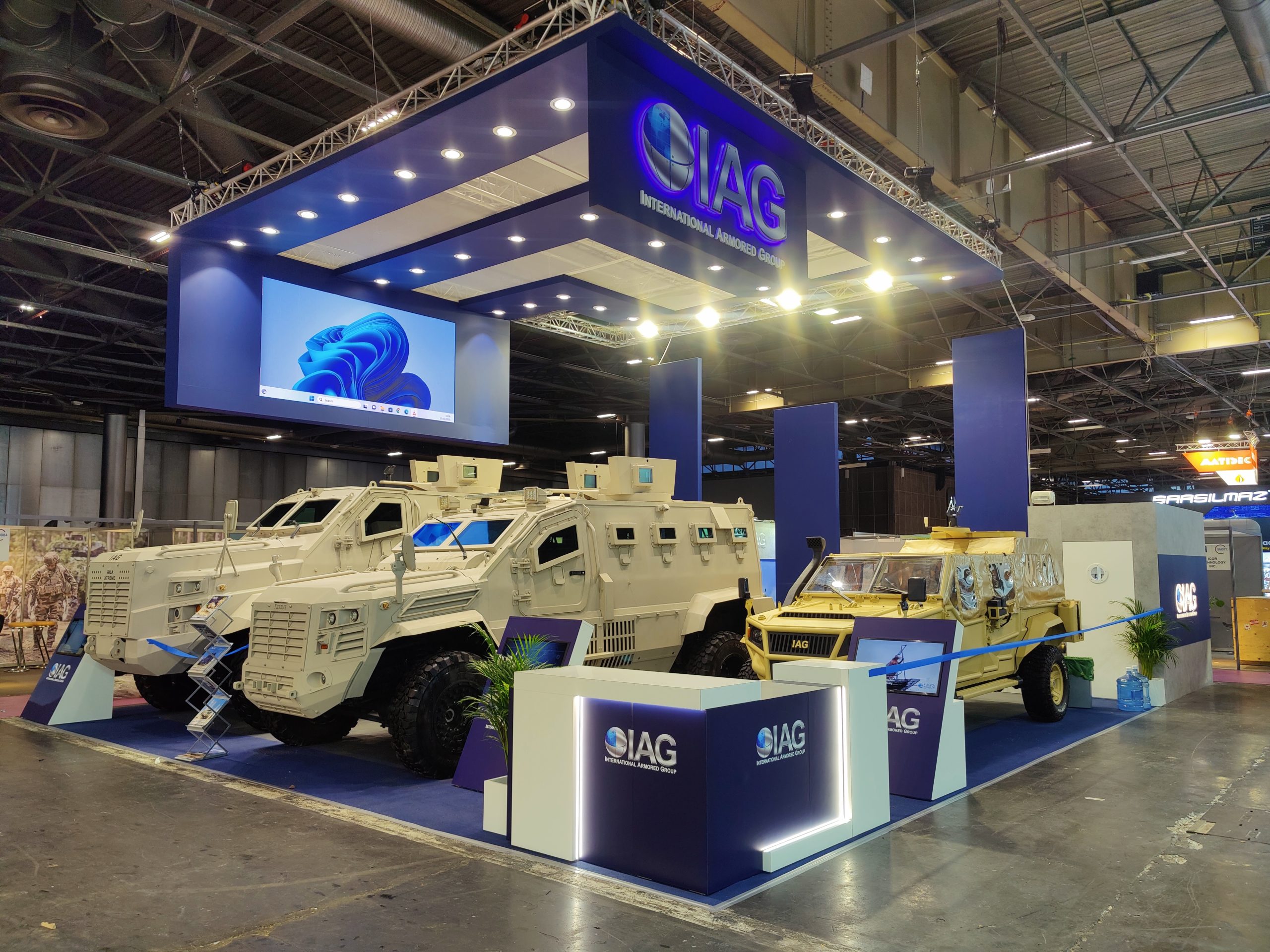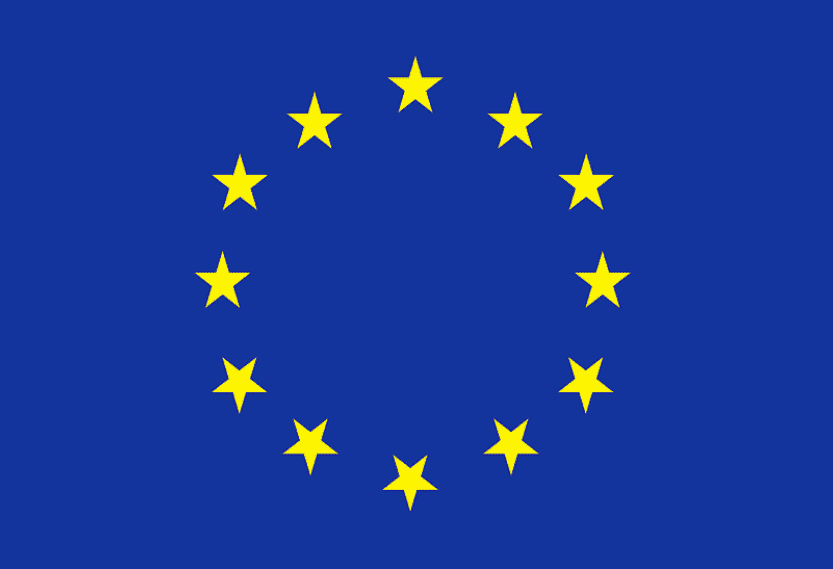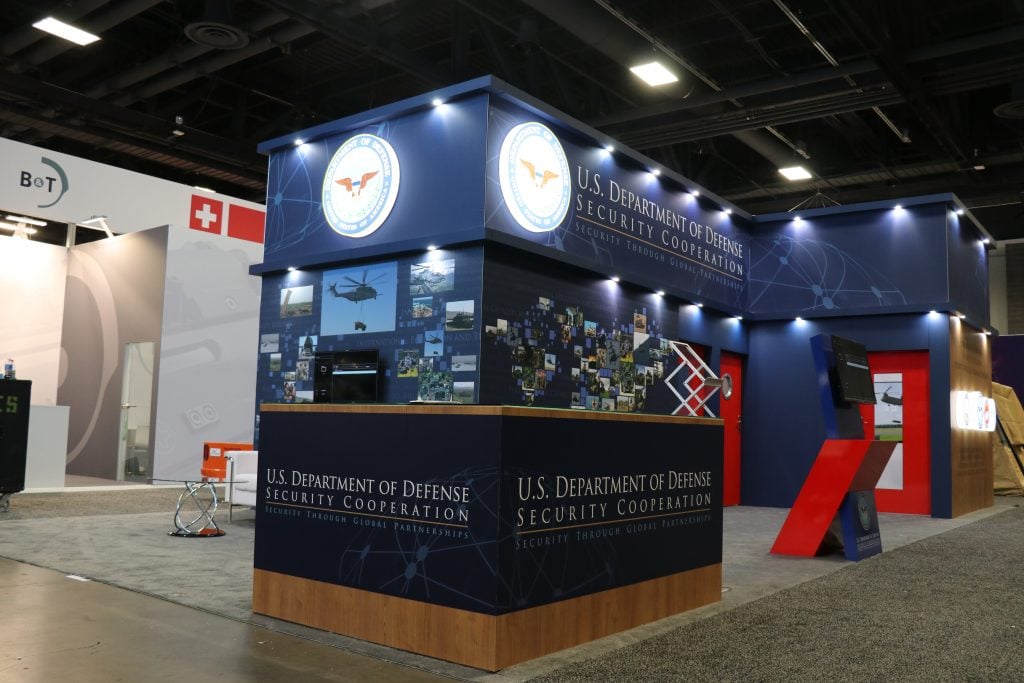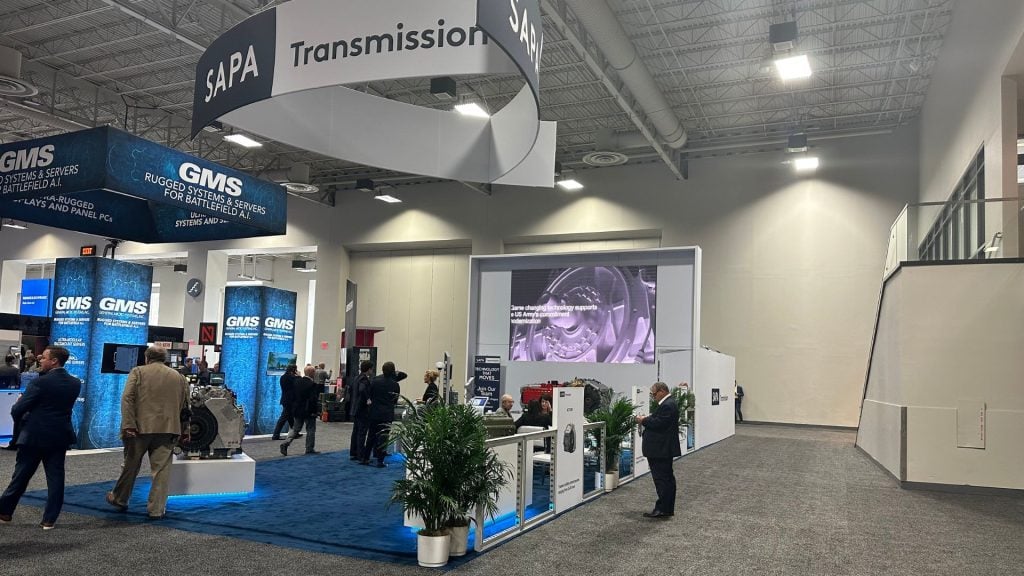
Introduction
Trade shows are an excellent way for businesses to increase brand visibility, network with industry leaders, and connect with potential customers. But, the success of a trade show booth goes beyond simply showing up. The design of your booth plays a pivotal role in determining whether or not attendees will stop by, engage, and ultimately remember your brand.
Unfortunately, many exhibitors make common mistakes when it comes to booth design. These mistakes can not only lead to a lackluster presence at the event but also affect your ROI. Fortunately, with some careful planning and attention to detail, these pitfalls can be easily avoided.
In this blog, we’ll explore the most common booth design challenges and how to overcome them to ensure a successful trade show experience.
1. Overcrowded Booth Layout
One of the biggest mistakes exhibitors make is overcrowding their booths with too many products, displays, or information. A cluttered booth can overwhelm visitors, making it difficult for them to focus on what’s important. This results in lower engagement and a higher chance of attendees walking right past your booth without stopping.
Solution:
Keep the design simple, clean, and organized. Focus on one key message and product or service you want to highlight. Utilize negative space to make your booth feel inviting, and ensure that each item in your booth serves a purpose. You can create designated areas within your booth for different experiences (e.g., a demo station, a meeting area, a display section) while still maintaining an open and approachable layout.
2. Lack of Brand Consistency
Trade shows are a great opportunity to reinforce your brand’s identity, but a booth design that lacks consistency with your overall branding can confuse visitors. If your booth looks like it’s from a different company or doesn’t match the tone of your marketing materials, attendees may not be able to easily identify who you are or what you do.
Solution:
Ensure that your booth design is aligned with your brand’s colors, logo, and messaging. Your booth should be an extension of your digital presence and marketing materials. Use clear signage, branded graphics, and consistent messaging to reinforce your company’s identity. Additionally, make sure that the language, tone, and visuals in your booth reflect your company’s values and goals.
3. Poor Lighting Choices
Lighting is an often overlooked aspect of trade show booth design, yet it has a huge impact on the overall atmosphere and attractiveness of your booth. Poor lighting can make your booth look dull, uninviting, or hard to navigate, while the right lighting can highlight key features and create an inviting environment.
Solution:
Invest in quality lighting that showcases your products and draws attention to important areas of your booth. Use a combination of ambient, accent, and task lighting to create a balanced, well-lit space. Spotlights or LED lights can help highlight product displays, while softer lighting can be used for seating areas. Make sure that your lighting complements the overall mood you want to convey and is bright enough to make your booth stand out from the competition.
4. Ignoring Traffic Flow
Understanding how attendees move through a trade show is critical to booth design. If your booth is designed without considering the natural flow of foot traffic, it could create barriers that prevent visitors from easily engaging with your booth. Too often, exhibitors fail to anticipate how visitors will interact with the space, which can lead to crowding or bottlenecks.
Solution:
Design your booth layout with flow in mind. Keep aisles wide enough for people to move freely, and avoid blocking key areas with furniture or displays. Ensure that your booth entrance is open and inviting, and consider having an experienced booth staff to direct visitors toward key areas, such as product demonstrations or meeting spaces. Consider the visitor’s journey through your booth and create distinct sections that encourage exploration.
5. Overcomplicating the Message
When creating a trade show booth, it’s easy to get carried away with too many features or complicated messaging. Overcomplicating your booth with excess information or technical jargon can confuse visitors and prevent them from quickly understanding what your brand offers. In an environment where time is limited and attention spans are short, you need to get to the point quickly.
Solution:
Keep your messaging concise and clear. Focus on one core message and make sure it’s easy for attendees to understand at a glance. Use large, bold fonts for key headlines, and avoid overwhelming visitors with too much text. Additionally, employ visual elements such as infographics, photos, or videos that communicate your message quickly and effectively. Your goal should be to capture attention within seconds and invite visitors to engage further.
6. Failing to Incorporate Interactivity
In today’s digital age, attendees expect more than just static displays. An interactive booth can engage visitors in ways that traditional displays cannot, making them more likely to remember your brand and return for more information. Without interactive elements, your booth might come across as passive or disengaging.
Solution:
Incorporate interactive elements into your booth design to engage visitors and spark their curiosity. Digital screens, touchpoints, or even gamified experiences can increase engagement and make the visitor experience more memorable. For example, you could set up a quiz or a game related to your product or service, offer free samples, or use augmented reality (AR) to allow visitors to experience your product in new ways.
7. Inadequate Staff Training
Even the most well-designed booth won’t be effective if the staff working it aren’t properly trained. Unprepared or under-engaged staff can lead to missed opportunities and leave visitors with a poor impression of your brand. A trade show is not only about the booth but also about the people representing your company.
Solution:
Invest time and resources into training your staff before the event. Make sure they are knowledgeable about your products or services, understand the goals of the event, and can effectively engage with visitors. Encourage staff to be proactive and approachable—visitors should feel welcome and excited to learn more about your brand. Equip them with tools like brochures, demo kits, or even tablet devices to provide real-time information and streamline the visitor experience.
Conclusion
Trade shows are an invaluable opportunity for businesses to gain exposure, build relationships, and showcase their products. However, designing a booth that stands out from the competition requires more than just a few banners and tables. By avoiding common booth design pitfalls such as overcrowding, poor lighting, and ineffective messaging, you can create a booth that not only attracts visitors but leaves a lasting impression.
The key to a successful trade show booth lies in thoughtful design, clear messaging, and interactive elements that engage visitors. By addressing these challenges, you’ll be able to optimize your trade show presence and increase your chances of success.


 Global
Global Europe
Europe

